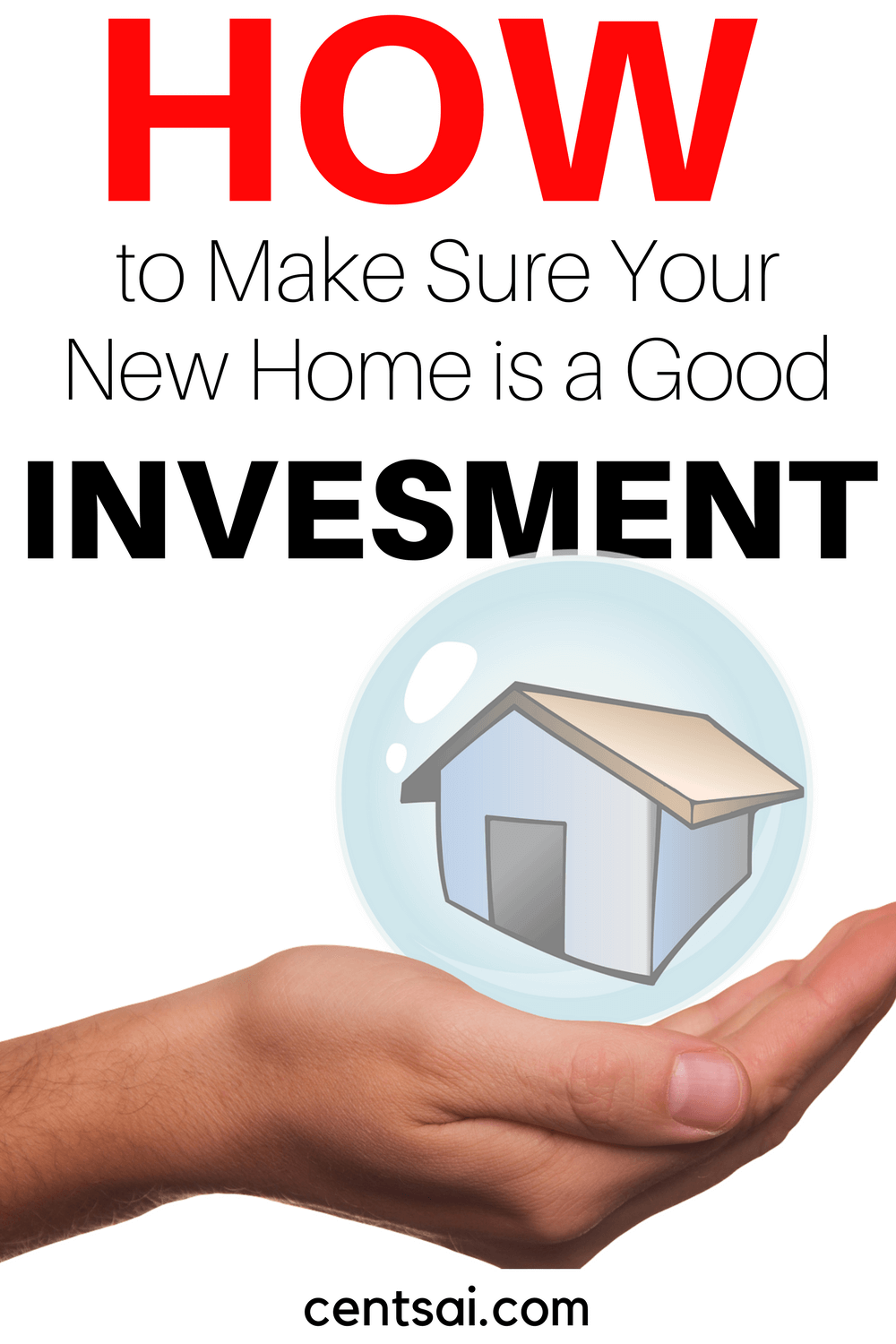
 In 2006, my husband graduated from college, took a job paying $32,000 per year, and put his life savings into a 10 percent down payment on a condo. He expected that in a year or two, the increased value of his condo would allow him to drop the $80-per-month private mortgage insurance. Instead, the housing bubble popped.
In 2006, my husband graduated from college, took a job paying $32,000 per year, and put his life savings into a 10 percent down payment on a condo. He expected that in a year or two, the increased value of his condo would allow him to drop the $80-per-month private mortgage insurance. Instead, the housing bubble popped.
His $120,000 condo dropped to $50,000 in the open market, and unit after unit inside of his building foreclosed. The increased vacancy meant rising homeowners association fees (HOA) (topping out at $457 per month), and Rob’s entry-level salary remained stagnant.
He felt the pinch — his housing took up nearly half of his take-home pay — but if things became too bad, he would take a roommate. In 2012, I became that roommate — and his wife.
Get Homeowner’s Insurance From a Top Provider — Free Quote Here >>
Starting From the Bottom
When we were married, we owed $106,000 on a condo that was worth about $65,000. Our variable interest rate loan ballooned to 7.25 percent a month or two later.
When I looked over the papers prior to signing a quick-claim deed on the condo, a sense of dread overcame me. It felt like we would never pay off that stupid condo, so we made a plan. We would throw every dollar into reducing our principal balance until we could refinance on a fixed 15-year loan.
Twelve months, two promotions, a new job, a tax refund, and a generous appraisal later, we had a new mortgage at 3.25 percent, and we promised each other that we would never get caught underwater again.
Get a Free Debt Relief Consultation — Visit Site >>
Learning to Stay Afloat
Personally scarred by the housing bubble and well-trained in economic theory, I knew that people by-and-large cannot pick out a bubble.
In fact, I knew better than most that outside of the last 30 years, houses haven’t ever increased in real terms in the United States. House prices keep up with inflation, and that’s it.

To avoid a housing bubble, we had to either avoid buying houses, admit that a house is a home and nothing more, or understand the right way to invest in a real estate property.
Rob and I decided that if we ever purchased a primary home again, we would do it the right way. If the housing market tanked again as we needed to move, we needed the option to rent it out.
Get Renter’s Insurance From a Top Provider — Free Quote Here >>
Thinking Like Landlords Instead of Homebuyers
To do that, we needed to start thinking like landlords rather than home buyers. I started reading real estate investment websites. Then I spoke to every real estate investor I knew (including my Grandfather, who only steered me awry once), and I soaked up every bit of knowledge that the industry had to offer.
I can distill hundreds of hours of effort into a single sentence: You have to know the numbers, and the numbers have to work.
In particular, the home price to rental price ratio is the single most important number that needs to work. The lower the ratio, the better it is to own (as opposed to renting).
| Purchase Price | $65,000 | Monthly Rental Price | $1,050 | |
| Closing Costs | $5,000 | Annual Rental Price | $12,600 | |
| Immediate Repairs | $25,000 | |||
| Total House Price | $95,000 | |||
| Price to Rent Ratio | $95,000 to $12,600 | 7.54 |
In the fall of 2014, Rob and I tested our savvy. We set out to find an investment first and a home second. We resolved that we wouldn’t buy any property with a price-to-rent ratio of greater than eight.
Most professional real estate investors won’t purchase single-family homes unless the property has a price-to-rent ratio of less than eight. Homebuyers who intend to live in their house for a decade or more can accept a much higher price-to-rent ratio (less than 20 is a good goal), but our goal was to purchase an investment first and a home second.
For us to call the house an investment, the numbers had to work.
This meant that we needed to buy a house with an all-in purchase price of $100,000 (all-in includes the value of immediate repairs and renovations).
Finding the Right Fixer-Upper
I scoured Zillow and Trulia, I made up new routes to pick up my son so that I could drive by homes that were for sale. Rob and I spent dozens of Saturdays visiting scores of houses until we found the right one. A four-bedroom, two-bath house that was structurally sound, ugly as hell, and listed at $75,000.
Rob climbed into the attic to check the wiring. I crawled along the floorboards to check for water damage. Beyond that, I ignored the paint, the 40-year-old industrial carpet, and the curtains that replaced the closet doors. I ignored the complete lack of lighting, and the inexplicably rusting floor grates.
“This is the one,” I said to Rob as we climbed into the car. The house had a price to rental ratio between five and eight (depending on how much work we did to it), and it had everything we needed. Rob agreed.
Two weeks later, Rob and I closed on the house. We had long, hard renovations ahead of us, but the numbers worked.
Get a Free Quote for a Home Improvement Loan in Minutes — Visit Site >>










